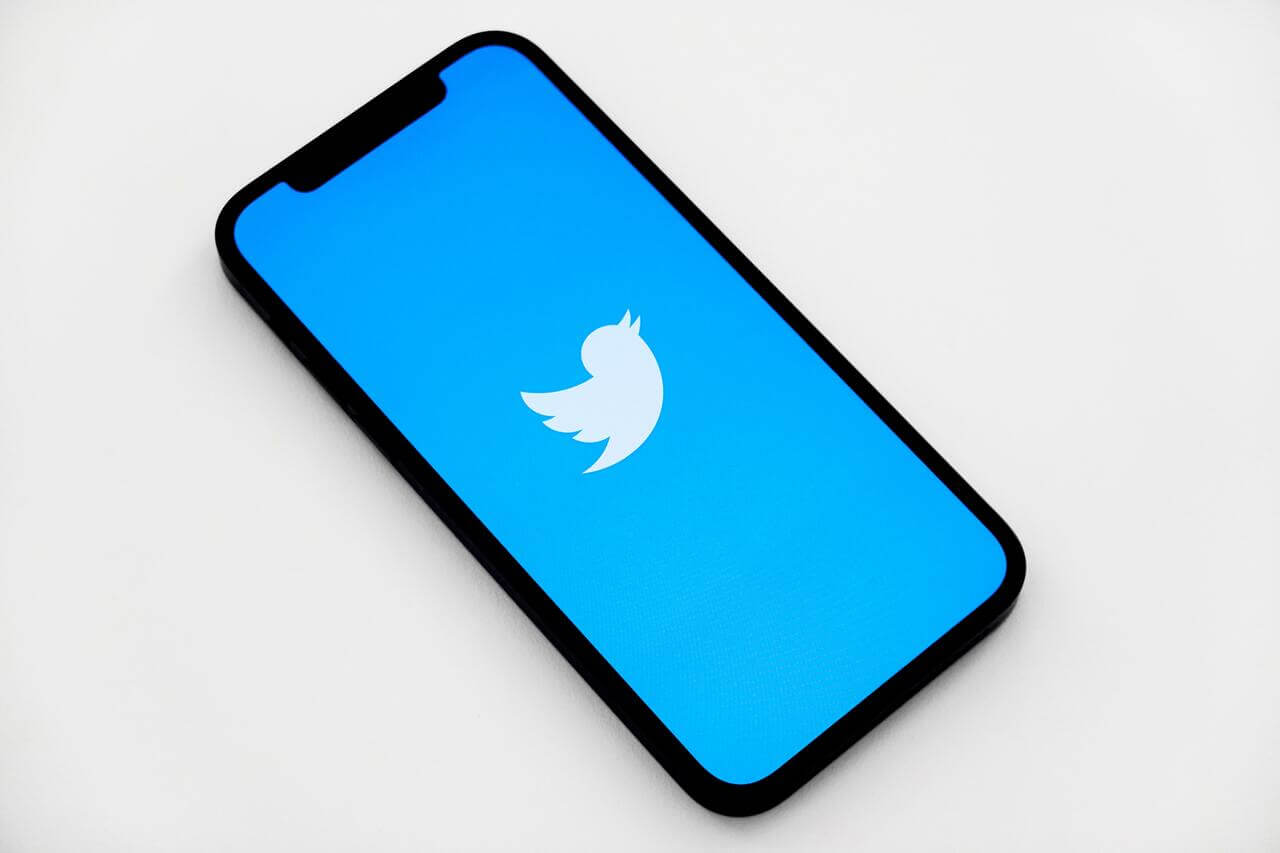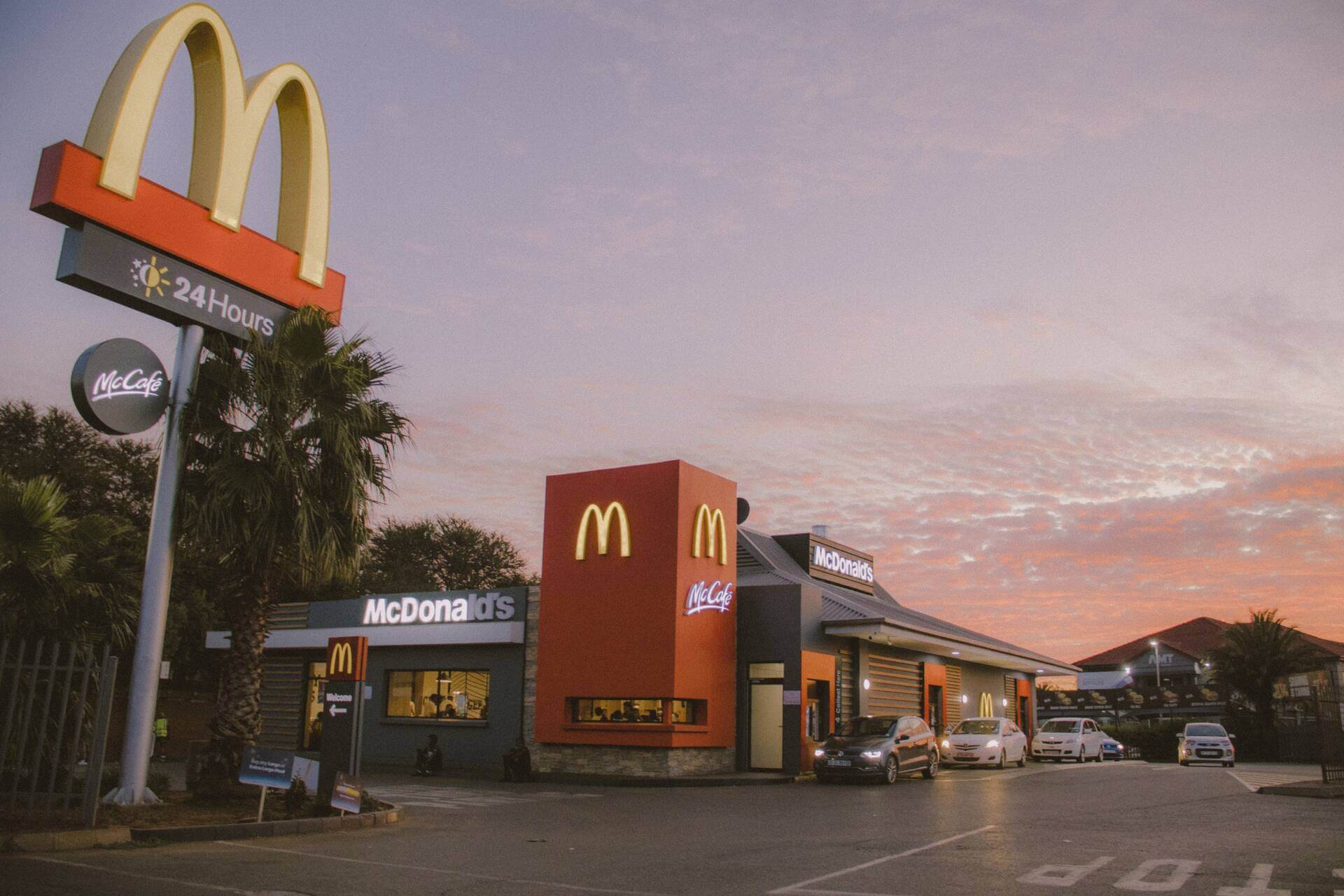
Early Days
The history of Mcdonald’s goes right back to the times of the Great Depression. The original founders, the Mcdonald Brothers, moved out to California from New Hampshire in the early 1930s. The boys had a relative who became a police officer in Hollywood and thus became well acquainted with those in the movie and production business. He was able to get both the boys a job at local movie theatres and thus began the Mcdonald brother’s California adventure.
The brothers worked setting up film production sets, lights, and driving actors and other personnel out to on-location sites. After spending some time in the movie industry, they realized that nothing would ever come from that kind of work beyond what they were already doing, so they began to look at other areas of opportunity.
The First Hot Dog Stand
Throughout California and indeed all over the country, nobody seemed to have any money. Local businesspeople were starving; everybody seemed starving, except the gentleman selling drinks and hot dogs by the side of the road. The Mcdonald’s brothers paid clear attention to this man and looked carefully at the food business. It appeared that the food industry was the only industry where money could be made.
The Mcdonald Brothers then opened their open hot dog stand at the side of the highway and sold orange juice and hot dogs. One could argue that this was when Mcdonald’s was born!
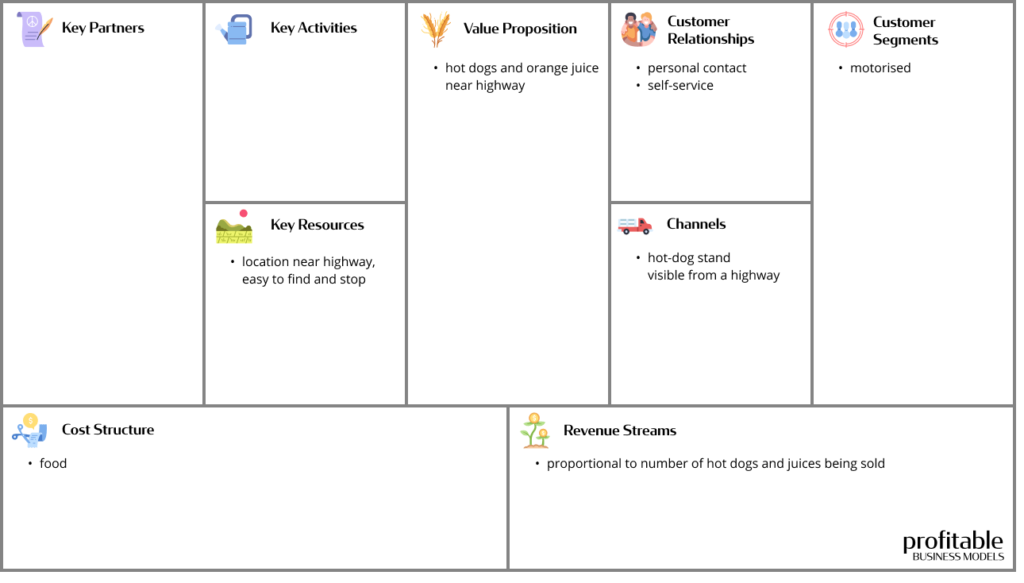
The first drive-thru restaurant
The brothers soon moved out to San Bernardino, California, and opened their first restaurant in 1948. They began selling hamburgers with a mainly drive-through model whereby “Car Hops” would bring a customer’s order out to their vehicle.
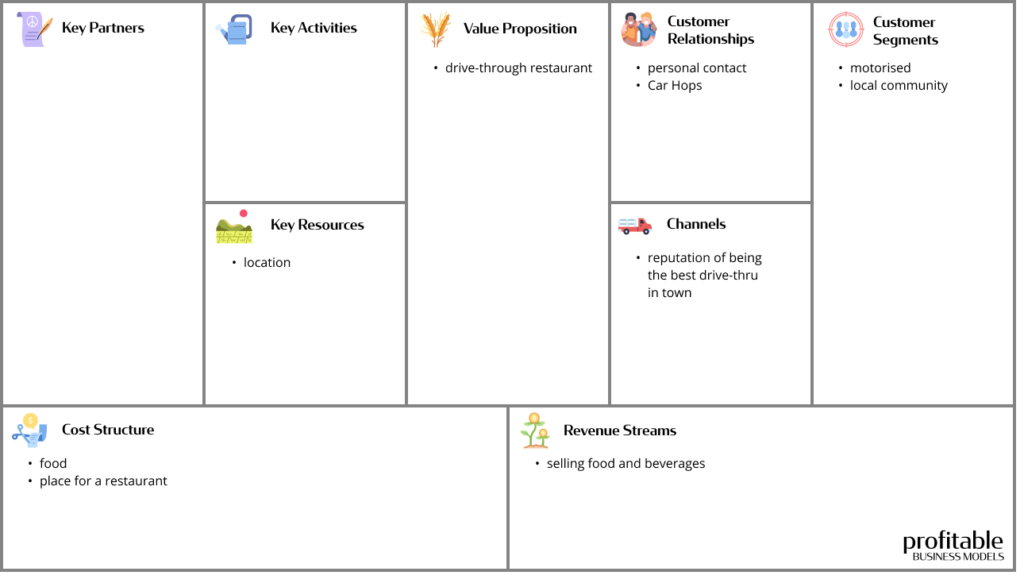
This continued quite some time until one of the brothers kept noticing that all the cooks wanted to get the car hop girls, and their ordering system was really slow. So, even though they had the most popular drive-thru in town, the boys shut down operations, got rid of the “Car Hops” and expensive dishes and cutlery, and focused on a fast designing a fast system of food preparation and using disposable plastics as a means to serve the customer’s food.
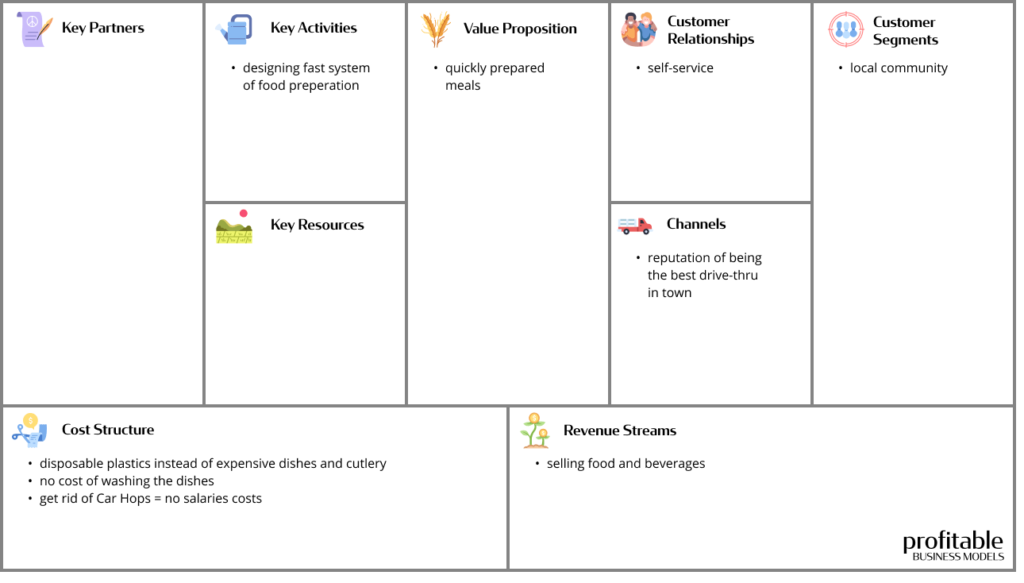
Changes and The Birth of the Assembly Line
At first, the public was slow to adapt to the new changes. But gradually, over a few months, more and more people came to eat at the restaurant. The Mcdonald Boy’s were thrilled with what they created and thus decided to franchise their operations and expand. They hired an architect at first, but the initial designs were small and boring. The boy’s lived in a home that featured columns, and one of the boys decided to use the columns as inspiration and thus designed and drew the iconic arches we see today.
As part of the effort to maximize efficiencies in the kitchen (and thus speed up order times), the Macdonald brothers looked carefully at the use of condiments and the burger assembly process. At this time, condiments were placed in a kind of serving tray. The cooks would simply scoop up ketchup or mustard with a standard spoon, put it on the burger, and finish the assembly process.
But the brothers noticed that uneven amounts of condiments would be put on one burger to the next. Thus one of the brothers decided to take a look at a candy factory for inspiration. They noticed that in the preparation of the chocolate treats, the candy factory used a mechanical dispenser to apply just the right amount of chocolate for each candy.
Equipment Investments
They then took that idea to a local machinist (who doubled as a local inventor). That’s how their condiment dispenser was born. The brothers also looked at every kitchen measurement and even sketched out mockups of a kitchen on the tennis courts across the street from their home. They would practice preparing and serving the food in the most efficient way possible. This paved the way for the assembly line method of preparing fast food that we still see in practice today.
Following this point in their careers, they began to look at their business and grow it using the franchise model. They wanted to expand their business but didn’t want to spend countless hours traveling from location to location to ensure food consistency. You can see that from efficiencies to service, preparation, and even the design of buildings (including golden arches) that many of the unique attributes of the modern days Mcdonald’s had their origins in the early days of this fast-food giant. Now let’s go back in time again and see how Ray Kroc influenced the business.
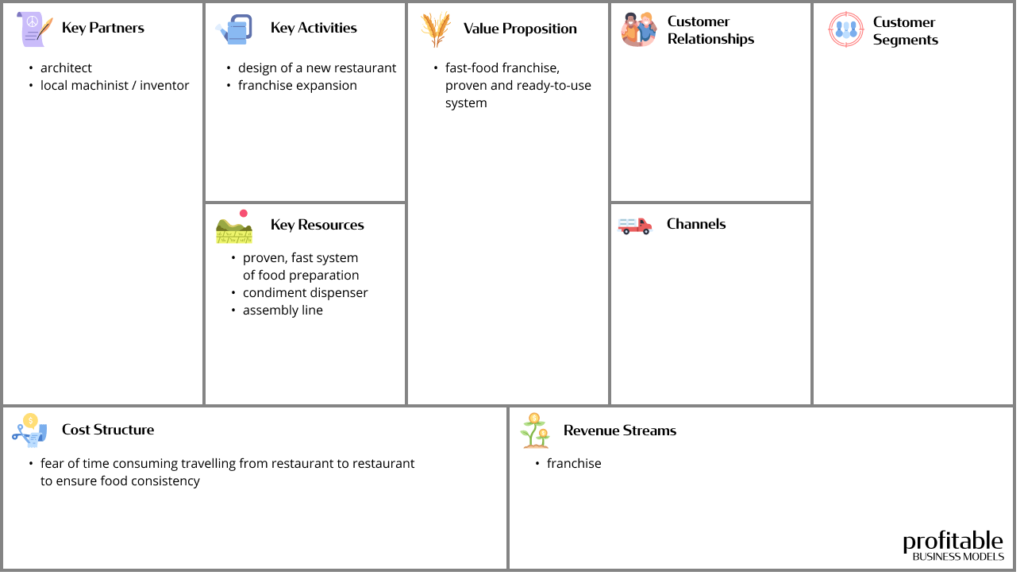
Ray Kroc Enters the Scene
Once the brothers were firmly decided on a franchise model, they hired a franchise manager who was successful early on but ended up being plagued with health problems and had to leave the company. It was at this time that Ray Croc contacted the Macdonald’s brothers. Kroc had been selling the multi-mixer ice cream machines that Mcdonald’s was using at the time. However, it was also around that time that pharmacies had stopped selling mixed sodas and thus had no use for Kroc’s ice cream machines.
Kroc knew the Mcdonald’s brothers needed a new franchise manager, and thus Kroc was hired in 1954. In 1955 Kroc opened the first Mcdonald’s restaurant east of the Mississippi River In the early 60s, news media coverage of Mcdonald’s started naming Kroc as the founder of the business. The Mcdonald brothers were not too happy, but they knew Kroc wanted to buy the business, so they offered to sell it to him for 2.7 million dollars, and in 1961 Kroc accepted and the company was his.
Expansion and takeover
By this time, Kroc was opening one store after the other but was still not in a financially healthy situation, and banks still threatened Kroc’s own personal home mortgage. He applied much pressure to the Mcdonald’s brothers, managed to re-negotiate his contract, built a competing Mcdonald’s across from the original one in San Bernadino, and drove the Mcdonald’s brothers out of business entirely.
The Mcdonald brothers did receive some cash for the sale of the business (that Kroc had to borrow from universities and foundations) but were shut out of future royalties. Some have said that Kroc screwed the brothers over. Kroc’s CFO, a savvy man, realized that despite having restaurants, Mcdonald’s was really all about real estate, and thus Kroc and his CFO established a real estate company to buy up land lease it to franchisees.
By this time, Kroc had full control over Mcdonald’s operations, and franchises across the country continued to explode.
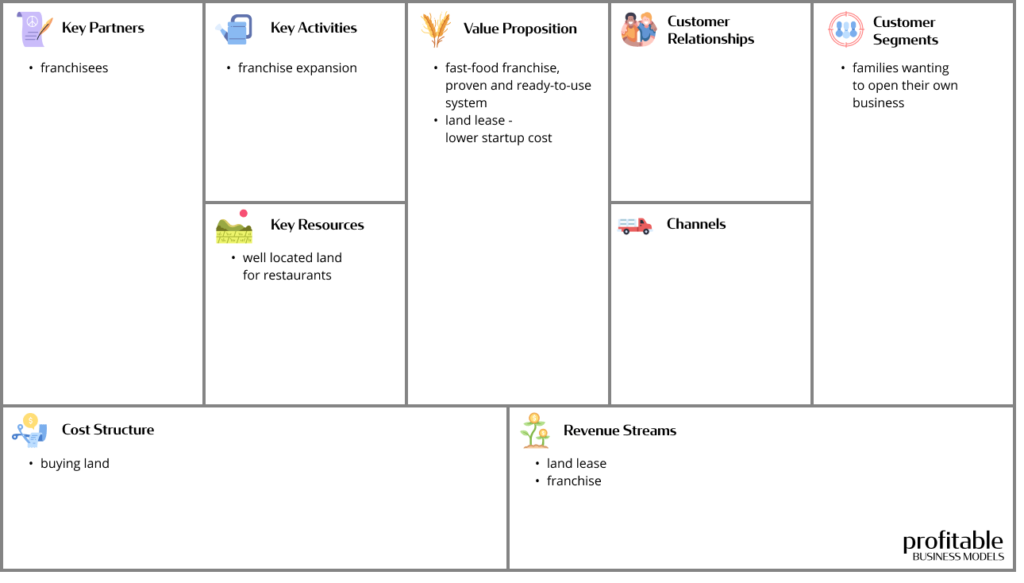
Other Fast Food Restaurants and Going Global
Meanwhile, while these events took place in the 1950s and 60s, other fast-food restaurants were established in quick succession like dominos. In 1952 Kentucky Fried Chicken was launched then followed by Burger King in 1954, and then in 1958, two brothers in Wichita, Kansas, got a $600 loan from their mom and started Pizza Hut.
Kroc had large ambitions and in 1967 Mcdonald’s began expanding internationally with the opening of restaurants in Canada and Puerto Rico. In 1971 restaurants opened in the Netherlands, in the city of Zaandam, and in the same year in Munich, West Germany. This was the beginning of European expansion for the corporation and by this time fast food was rapidly growing globally.
By the early 1970’s Wendy’s had just opened its 500th store. While Mcdonald’s is justly credited for being the first pioneer of the fast-food industry, it was actually White Castle in 1921 who initially opened the first burger joint designed to optimize cooking efficiencies. Still, it was not successful initially back in those days.
Written by: natesmith2122




